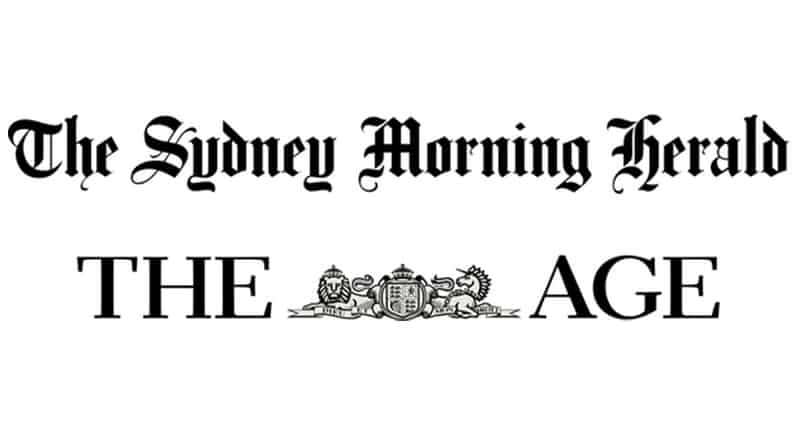The Sydney Morning Herald and The Age today launches a new Entrepreneur section dedicated to covering the rise and impact of Australia’s startup boom and entrepreneurs.
Launching with a profile on Atlassian’s chief of staff Amy Glancey, Entrepreneur will run in the Business section every Tuesday with coverage led by startups editor Cara Waters.

As Australia defied last year’s bleak economic outlook, the rise of entrepreneurs and startups has become an integral part of the country’s business make-up. Entrepreneur in The Sydney Morning Herald and The Age will unearth the next generation of Australia’s business leaders, discover what drives them, the challenges they face and the policy hurdles they need to jump through for their companies to reach their full potential.
The section will also find out more about people in business and their top recommendations for balancing business and life.
“Entrepreneurs are powering the post-COVID economic recovery,” said National Business Editor John McDuling. “Our Entrepreneur section will feature profiles and interviews with Australia’s most interesting business founders and leaders – from big businesses to small.”
“The ingenuity of many entrepreneurs in Australia really shone through during the first phase of the pandemic. The startup scene is booming in Australia and our readers and subscribers are fascinated by it.”
The Sydney Morning Herald celebrated its 190th anniversary on Monday, April 19, making it one of the oldest continuously printed metropolitan newspapers in the world.
Re-named The Sydney Morning Herald shortly after John Fairfax bought the publication in 1841, its continuous print puts the Herald alongside titles like the UK’s The Guardian (1821), The Daily Telegraph (1855) and The Times (1785), and the US’s New York Post (1801), The New York Times (1851) and Washington Post (1877) as one of the world’s oldest metro newspapers.
The Herald is now read by 9.4 million people across print and digital. Just as Sydney has evolved since 1831, so too has the Herald, with the business now financially driven by digital subscribers. More than 60% of revenue across Nine’s publishing assets now comes from readers digital subscriptions.
